Learning About Using Compression Stockings
Compression stockings help prevent blood and fluid from pooling in the legs. They may be used for problems like varicose veins, skin ulcers, and deep vein thrombosis (blood clot in the leg). There are different types of stockings, and they need to fit right. Your doctor will recommend what you need.
5 tips for putting on compression stockings

If your stockings are new, wash them in cold water. This can make them easier to put on.
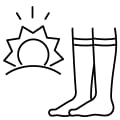
Put on your stockings early in the morning, if you can. This is when you have the least swelling in your legs.
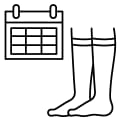
Wear them every day while you're awake, especially while you're on your feet.
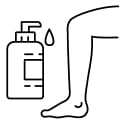
Try putting silicone lotion or cornstarch on your legs. This can make it easier to slide the stockings on.

To help your grip, try using rubber gloves. Ask your doctor about other tools to help if it's hard to put on the stockings.
How to put on compression stockings
It can be a little tricky to put on compression stockings at first. But after you practice a few times, it may get easier. Here are the details.
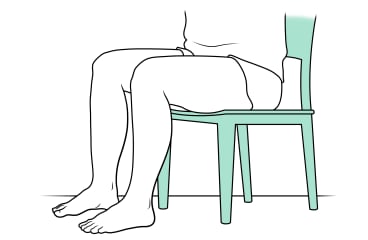
Sit on a firm surface where your feet can touch the ground.
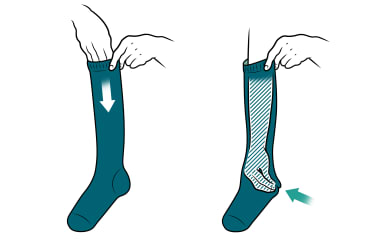
Hold the top of the stocking with one hand. Then with your other hand, reach in and grab the heel.
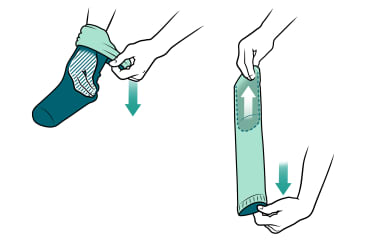
When you have a firm grip on the heel, pull your hand back up through the stocking, turning it inside out as far as the heel.

Put your toes in as far as they will go. Then centre your heel in the stocking and pull it up slightly, just around your heel.
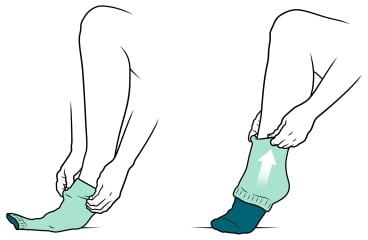
Use both hands to grasp the folded part of the stocking about 5 centimetres (2 inches) below the fold. Pull that section up over your ankle.
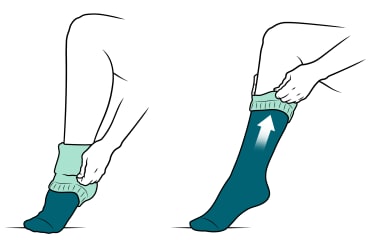
Next, from above your ankle, grasp the folded part of the stocking about 5 centimetres (2 inches) below the fold. Pull that section up.
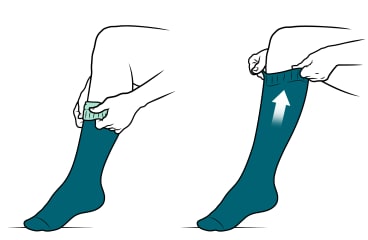
Continue pulling the stocking up in short sections until it is in its final position. The final position may be below your knee. Or it might be above your knee.

Run your hands over the stocking to smooth it out.
Where can you learn more?
Go to https://www.healthwise.net/patientEd
Enter J166 in the search box to learn more about "Learning About Using Compression Stockings".
Current as of: July 31, 2024
